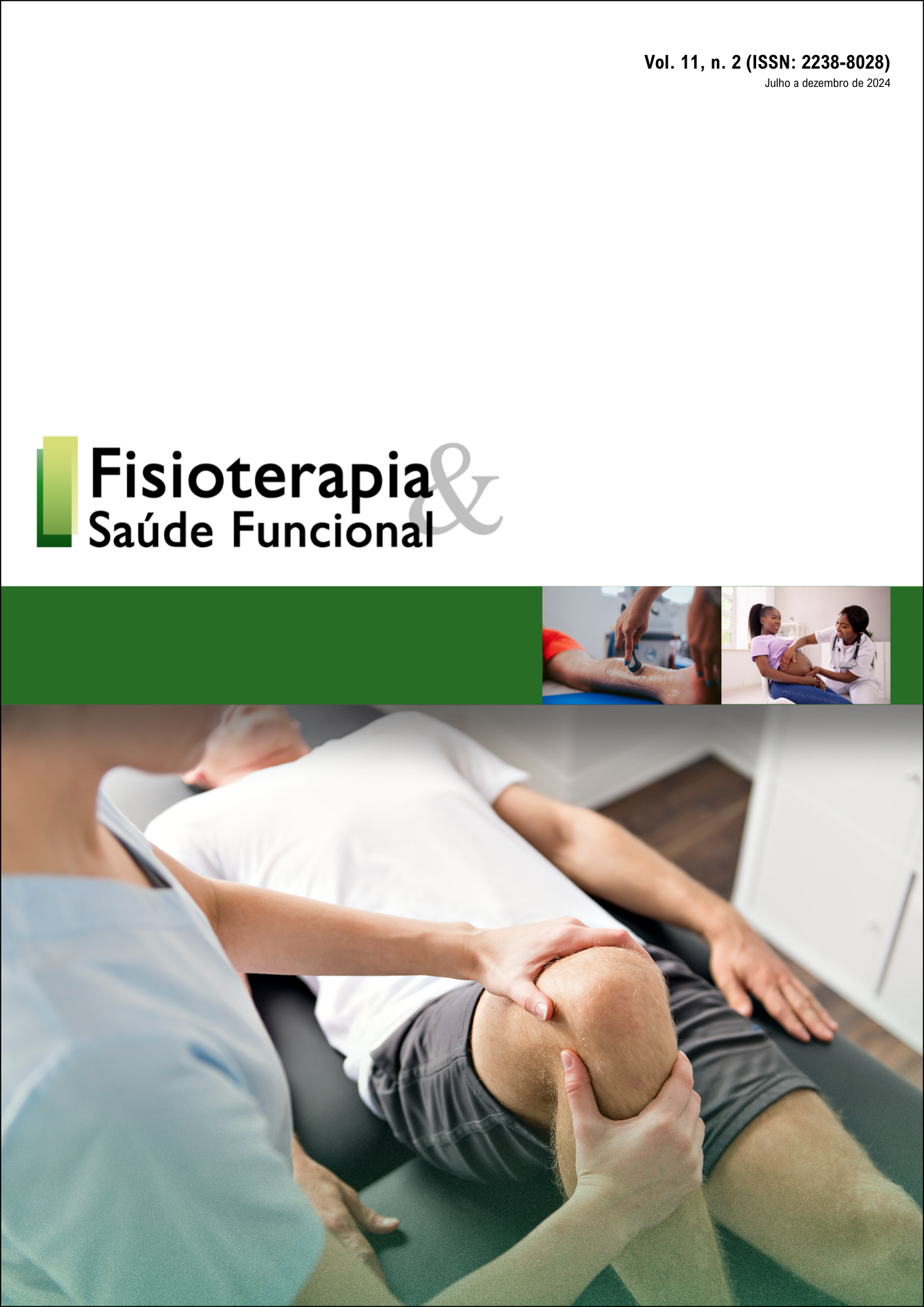Association of airway resistance measured by body plethysmography with clinical outcomes in COPD
DOI:
https://doi.org/10.36517/rfsf.v11i2.93936Resumen
Introduction: The assessment of airway resistance (Raw) in chronic obstructive pulmonary disease (COPD) has been shown to be relevant for better understanding the symptoms and early diagnosis of the disease. Numerous studies have investigated the relationship between clinical outcomes and parameters of airway resistance obtained through impulse oscillometry in COPD. However, this relationship with airway resistance obtained by whole-body plethysmography remains unknown. Objectives: To investigate the association between specific airway resistance (sRaw, by whole body plethysmography) and clinical outcomes of lung function, functional and maximum exercise capacity, health status and dyspnea in individuals with COPD. Methods: Assessments included lung function (spirometry and whole body plethysmography), functional and maximum exercise capacity (6-minute walking test and cardiopulmonary exercise test, respectively); health status (COPD Assessment Test) and limitation by dyspnea in daily life (Medical Research Council scale). Results: Seventy-three individuals with moderate to very severe stable COPD were included. sRaw correlated moderately with spirometric variables such as FEV1%predicted (r=-0.66) and RV/TLC ratio (r=0.53) (P<0.0001 for both). However, there was no clinically relevant correlation with any other outcome. Conclusions: In subjects with stable COPD, sRaw assessed by body plethysmography correlates moderately with spirometric outcomes which are also indicative of obstructive disorder and air trapping, but does not correlate meaningfully with other clinical outcomes.
Descargas
Descargas
Publicado
Número
Sección
Licencia
Derechos de autor 2024 Leticia Medeiros, Ana Carolina Andrello, Letícia Fernandes Belo, Ana Paula Vicentin Melendi Freitas, Karina Couto Furlanetto, Nidia Aparecida Hernandes, Fabio Pitta

Esta obra está bajo una licencia internacional Creative Commons Atribución 4.0.



